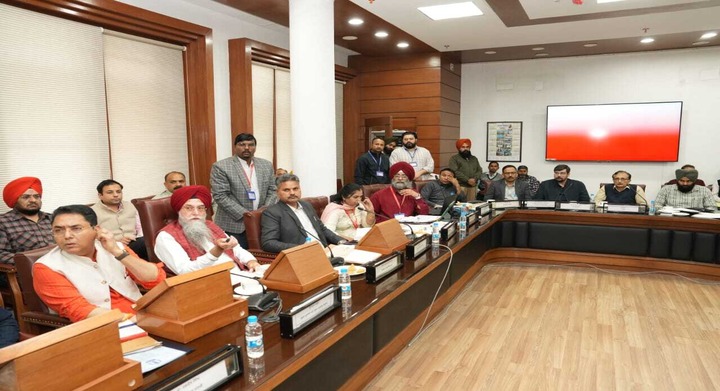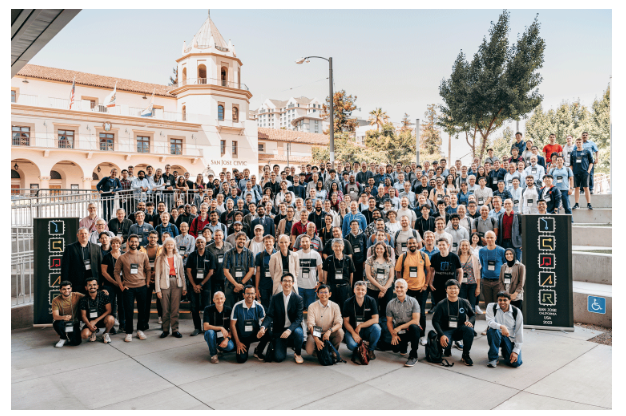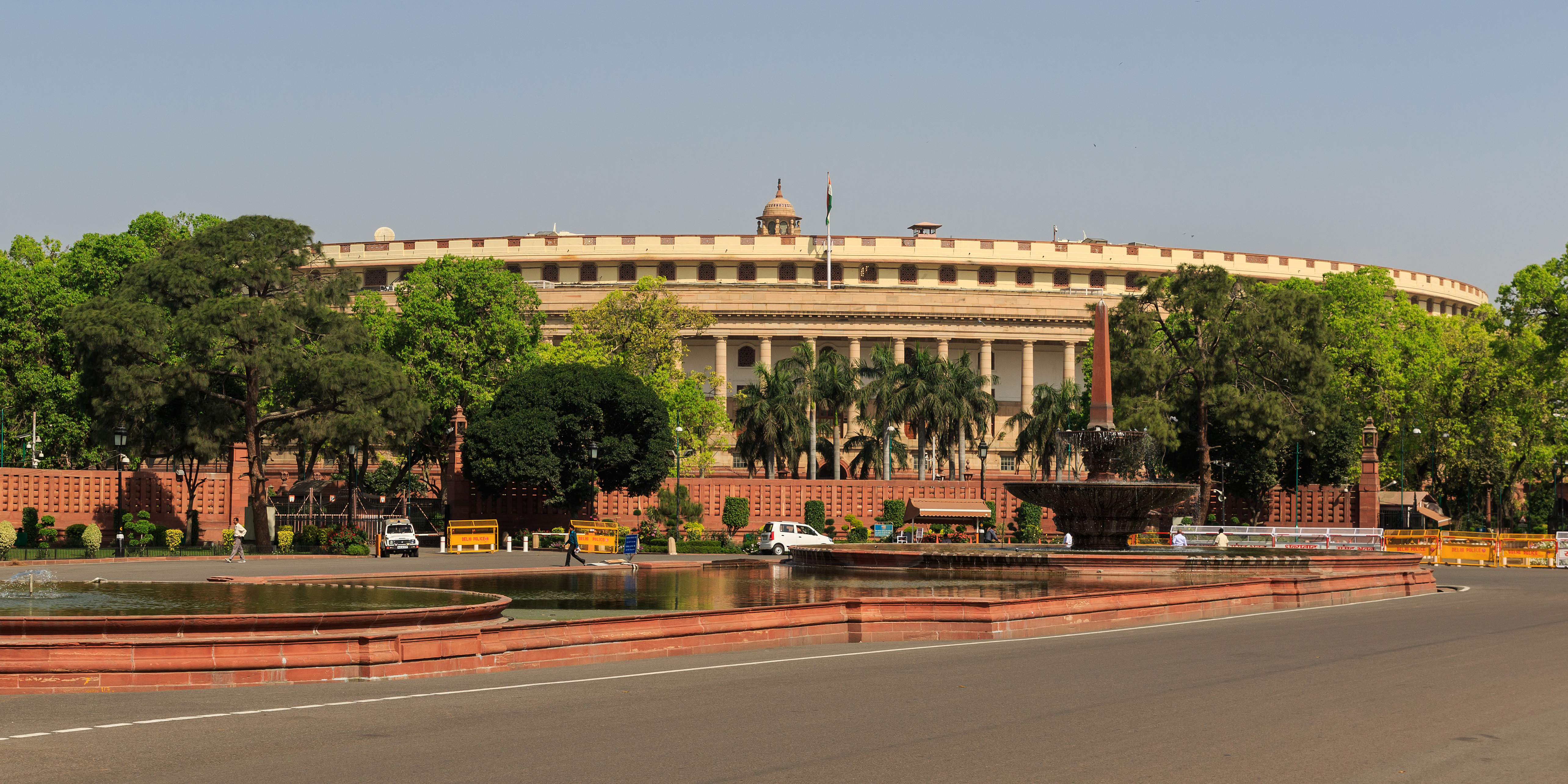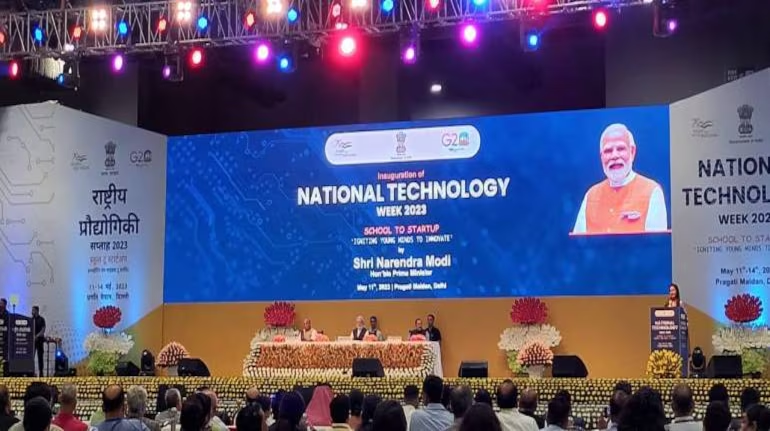
Symposium on Special Education Event Highlight Report
Co-organized by - Center for Visual Information Technology (CVIT) and Raj Reddy Center for Technology and Society (RCTS), International Institute of Information Technology Hyderabad.
Executive Summary
The Symposium on Special Education, held on June 12, 2025, at IIIT Hyderabad, brought together a diverse group of thought leaders, ground executives, policymakers, technologists, innovators, and researchers to address the critical challenges and opportunities in special education. The event served as a platform for deliberating on the current state of special education, existing policies and grassroots programs, technology needs, and innovative solution possibilities.
The symposium successfully bridged the communication gap between various stakeholders in the special education ecosystem, featuring distinguished keynote speakers, interactive roundtable discussions, and showcasing cutting-edge technological solutions developed specifically for inclusive education. For more details visit our website
Keynote Presentations
Dr. Venu Govindaraju: "AI or Human, who has the Edge?"
SUNY Distinguished Professor and Vice President for Research and Economic Development, University of Buffalo, NY, USA
Dr. Govindaraju’s talk on “AI or Human, Who has the Edge?”, provided a brief but deep insight into what is the current state of the rapidly developing field of Artificial Intelligence and Machine Learning, and what are the types of tasks where AI is outperforming humans and why. His explanations into how “Narrow AI” or AI for highly domain constrained use cases outperforms humans, for example for reading postal address on envelopes, gave the audience who were from a broad collection of domains not all technical, an intuitive understanding of the complex scenarios at hand without the overcomplicated confusing jargon usually associated with talks related to AI. He also presented the various GenAI solutions his team has been working on for special education, such as customized and contextually sensitive flash cards for Speech Pathology Therapists, real-time storyboarding for narrative learning, and virtual mirrors - a tool to use deep-fake technology for good, to help teach children correct lip movements for assisting in speech development.

Dr. Manohar Swaminathan: "Lucid Design for Accessibility in the Global South"
Dr. Manohar Swaminathan, Senior Principal Researcher, Microsoft Research, India
Dr. Swaminathan’s talk on “Lucid Design for Accessibility in the Global South”, on the other hand explored more into the aspect of solution design and the importance of “play” in all our lives. Presenting different games and play scenarios including tactile card and board games that were developed to be used by visually impaired children, he showcased how kids can learn the necessary mathematical and reasoning skills typically learnt through classroom curriculum through play. An important point stressed upon was that this was not learning disguised as play but play that resulted in kids learning relevant skills, where even the evaluation of learning is not done through tests but through game play observations. This was noted as a very important factor that allowed the activities to continuously be engaging and effective.

Roundtable Discussions
The keynotes were followed up with two roundtable attempting to build a groundwork for the current state of special education from identification of children who are specially abled to subsequent interventions, support structures, and assistive technology solutions currently available.

Understanding and Supporting Learning Disabilities
- Identification Processes:Current methods and challenges in identifying children with special abilities
- Intervention Strategies:Existing support structures and their effectiveness
- Support Systems:Available resources for families and educators
- Assistive Technology:Current technological solutions and their accessibility
The Role of Technology in Inclusive Education
- Sign Language Generation:Advanced AI systems for creating fluid, contextually appropriate sign language
- Automated Speech Evaluation:Technology for detecting and addressing speech disorders
- Accessibility Tools:Comprehensive review of current assistive technologies
- Future Innovation Opportunities:Identifying gaps and potential breakthrough areas
The keynotes were followed up with two roundtable attempting to build a groundwork for the current state of special education from identification of children who are specially abled to subsequent interventions, support structures, and assistive technology solutions currently available.
The second roundtable specifically addressed technological innovations and their integration into special education programs. The key discussion points of this roundtable were:-
Technology Showcase and Demonstrations


The symposium featured a number of technological innovations developed at IIIT-H and by participating organizations. These demonstrations gathered significant interest and highlighted the practical applications of cutting-edge research.
Featured Technologies
Language Technologies Research Center (LTRC) Innovations:
- Speech Technology Applications:Comprehensive suite including Speech-to-Speech translation, Prosody-incorporated Text-to-Speech for enhanced language learning, and automated speech disorder detection
- Ucchar e-Sudharak: Automatic English pronunciation corrector designed for school-going children with teacher-in-the-loop feedback
- Vyakaran e-Shikshak:Automatic evaluator for English grammar in oral communication
Center for Visual Information Technology (CVIT) Solutions:
- AI Assistant for the Visually Impaired:Hands-free, voice-based low-latency system providing contextually aware environmental information through audio responses
- AAVAZ: Breaking Barriers Enabling Voices:Real-time synthetic speech generation based on speaker lip movement analysis
- Audiobook Platform:Specialized audio book platform for visually impaired readers with platform-based book-to-audio generation and multi-lingual support
- LipMOOC:Modular synthetic Massive Open Online Course designed to teach lipreading using state-of-the-art AI-generated face videos
- Sign Language Question Answering:Scalable framework enabling users with hearing impairment to ask questions and receive answers in sign language
- Toward Scalable Sign Generation:Contextually appropriate fluid sign language generation through co-articulated gloss-to-sign dictionary and diffusion-based interpolation
- StethoSpeech:Innovative speech generation through clinical stethoscope attached to skin
Specialized Solutions:
- Exo-Suit:Sustainable, smart, lightweight, customizable lower body wearable exoskeleton for rehabilitation movements with integrated safety protocols
- Schooling Landscape for Children with Intellectual and Developmental Disabilities:Comprehensive platform designed to inform, connect, and empower families of individuals with intellectual and developmental disabilities
- Akhar Indic Word Processor for Braille Conversion:Specialized text processing solution for Braille conversion in Indian languages
Participating Organizations
The symposium brought together a diverse ecosystem of organizations representing various aspects of special education:

Educational Institutions:
- Ananya Child Development Center
- Balavikas Education Society for Disabled Children
- National Institute for the Empowerment of Persons with Intellectual Disabilities (NIEPID)
- Punjabi University Patiala
NGOs and Foundations:
- Ashray Akruti
- Choice Foundation
- Devnar Foundation for the Blind
- Nayi Disha
- Shankar Foundation
Network Organizations:
- Network of Persons with Disability Organisation (NPdO)
- People with Hearing Impaired Network (PHIN)
Technology and Corporate Partners:
- Qualcomm
- Exo-Suit
- Yunikee
- Zendalona
Conclusion and Next Steps
The symposium was successful in fostering dialogue between diverse stakeholders. Its commitment to publishing comprehensive whitepapers and facilitating ongoing collaborations positions will act as a catalyst for meaningful advancement in special education. The event exemplified how academic institutions, working in partnership with NGOs, technology companies, and advocacy organizations, can create impactful solutions that address real-world challenges in inclusive education. Therefore, the below possibilities will be explored:-
Organization Partnership Expansion:
- enhancement with Child Apperception Test (CAT) Integration with our existing field partner, choice foundation
- explore to add anemia screening image collection to ongoing community health drives with choice foundation
- additional data collection for the current HTP project
Academic Enhancement
- Integration of a broader list of special education challenges and technology solutions into the "Design for Social Innovation" course
- Student project assignments focused on developing innovative solutions for special education challenges
Technology Transfer connections:
- Connection facilitation between interested org participants and Prof. Chiranjeevi's research team
- Follow-on technical discussions on implementing sign language generation solutions in Ashray Akruti's programs with its founder, IIITH and Qualcomm as stakeholder partners involved
- Pilot plan to explore development for testing sign language technologies in real educational settings





